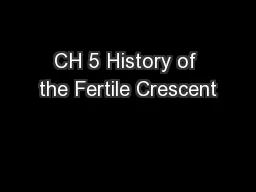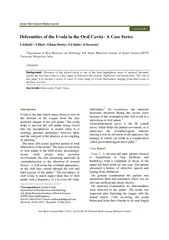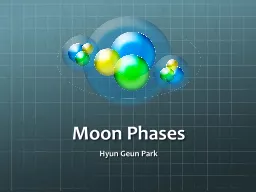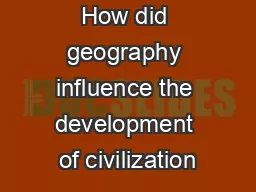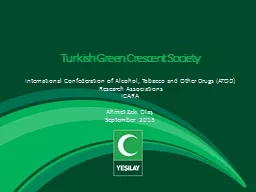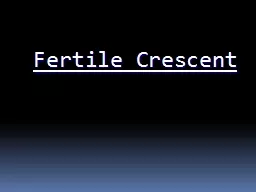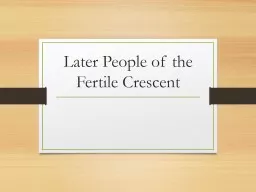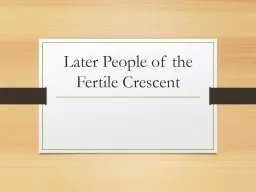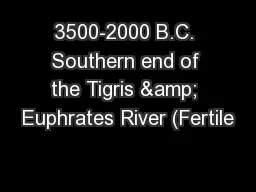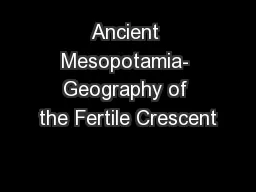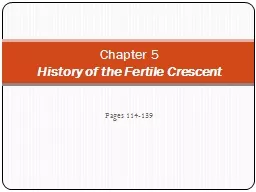PPT-CH 5 History of the Fertile Crescent
Author : jane-oiler | Published Date : 2016-03-11
70005000 BC 711 Identify and compare the rise of early agricultural river valley civilization in Africa and Asia 713 Trace steps in the development of written language
Presentation Embed Code
Download Presentation
Download Presentation The PPT/PDF document "CH 5 History of the Fertile Crescent" is the property of its rightful owner. Permission is granted to download and print the materials on this website for personal, non-commercial use only, and to display it on your personal computer provided you do not modify the materials and that you retain all copyright notices contained in the materials. By downloading content from our website, you accept the terms of this agreement.
CH 5 History of the Fertile Crescent: Transcript
Download Rules Of Document
"CH 5 History of the Fertile Crescent"The content belongs to its owner. You may download and print it for personal use, without modification, and keep all copyright notices. By downloading, you agree to these terms.
Related Documents

